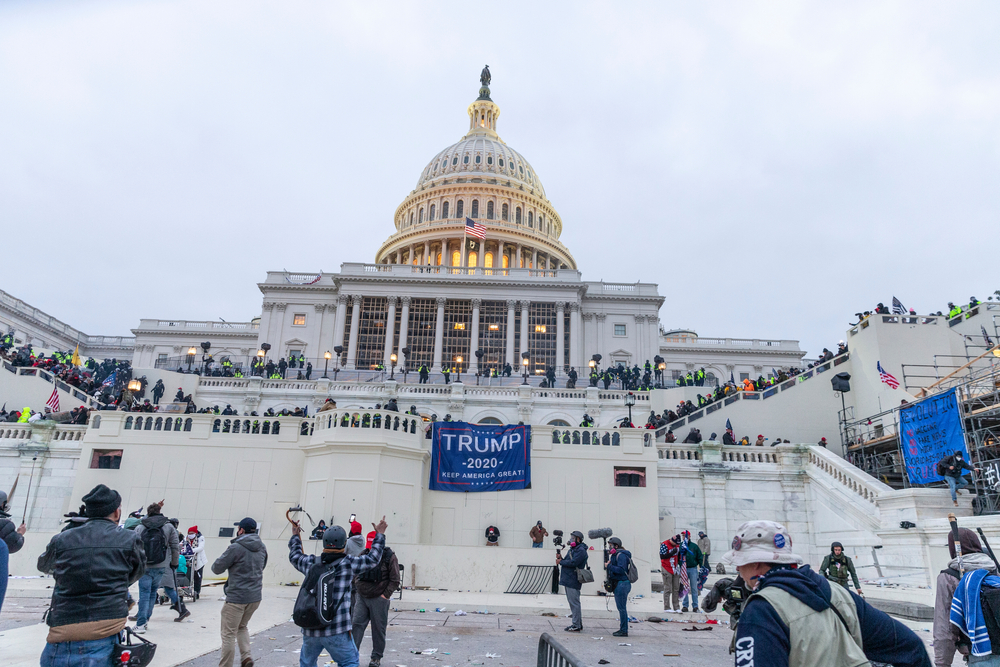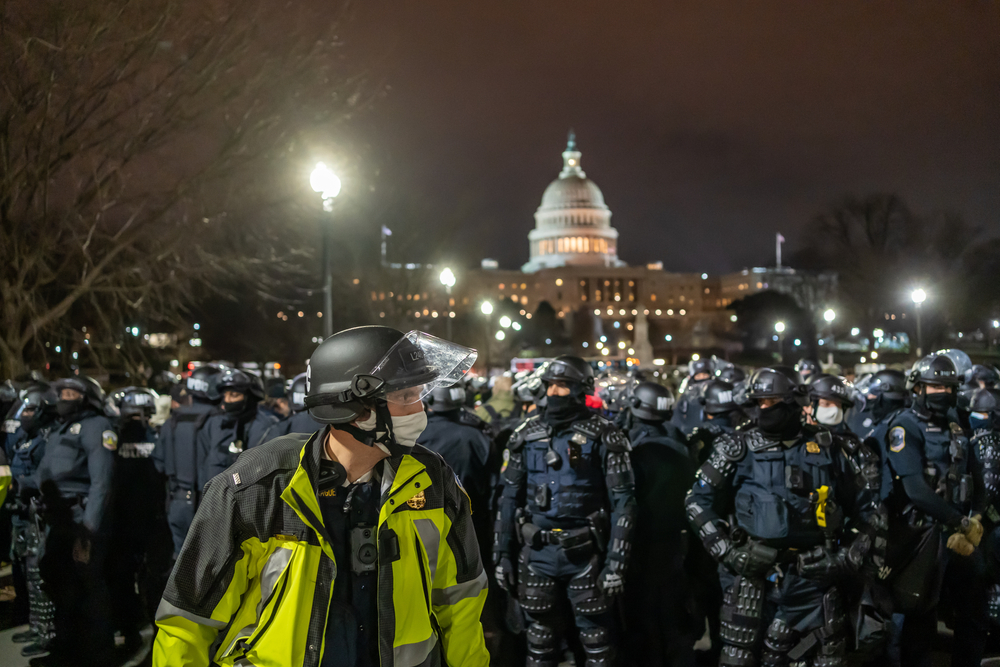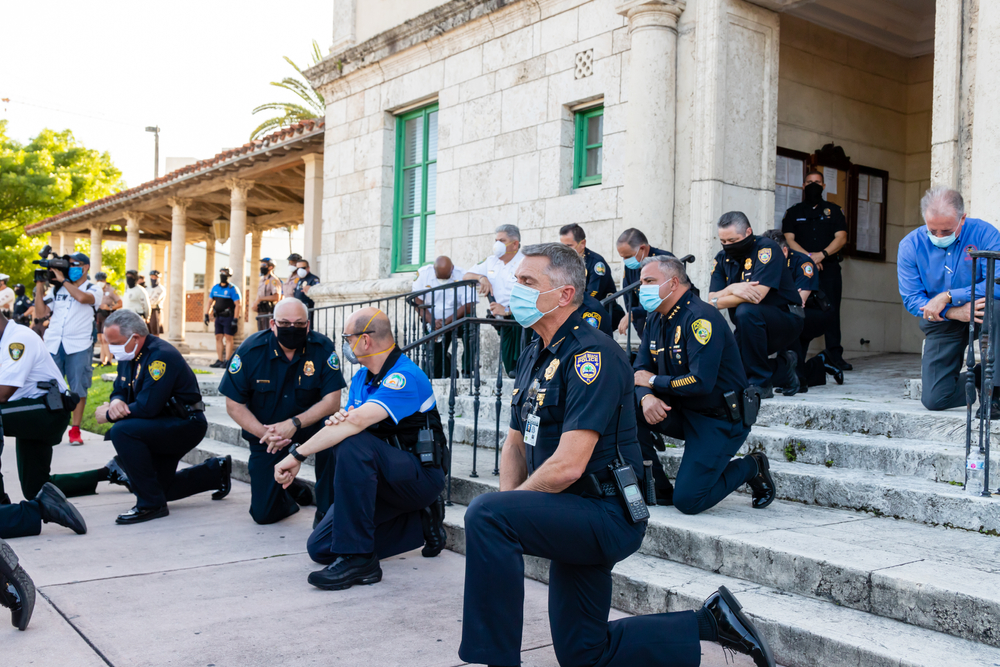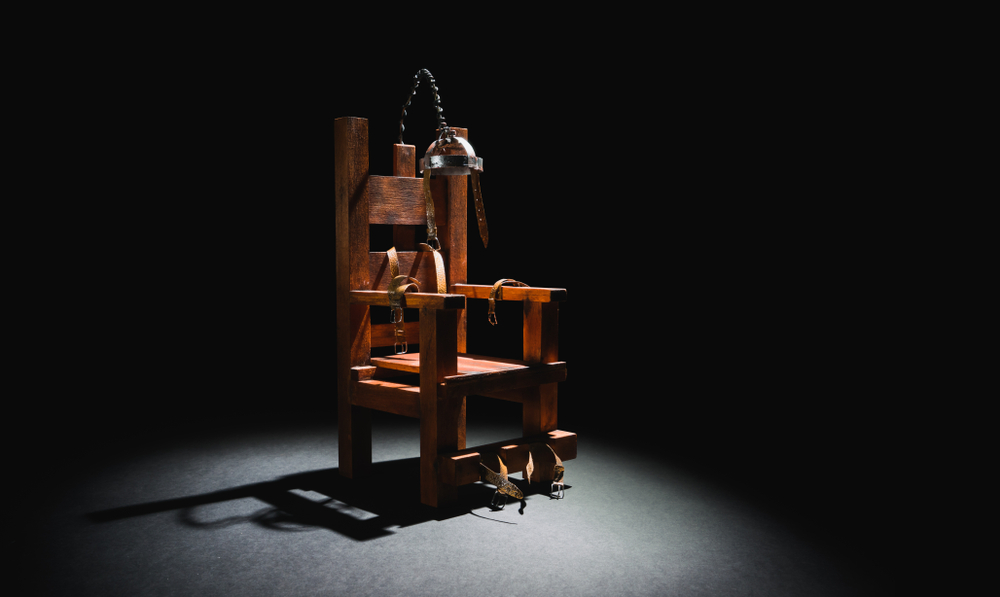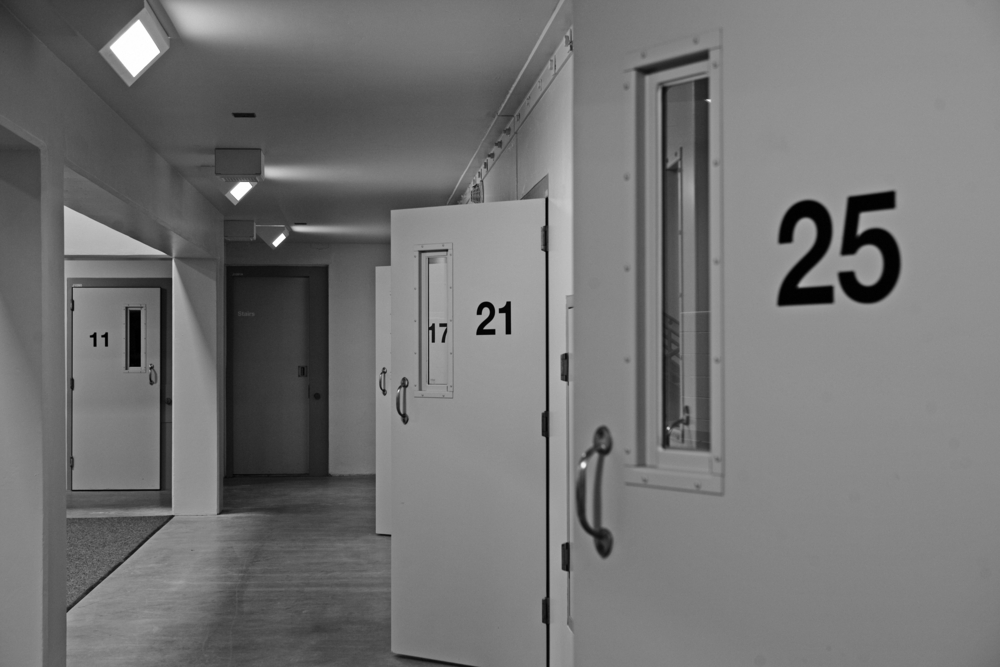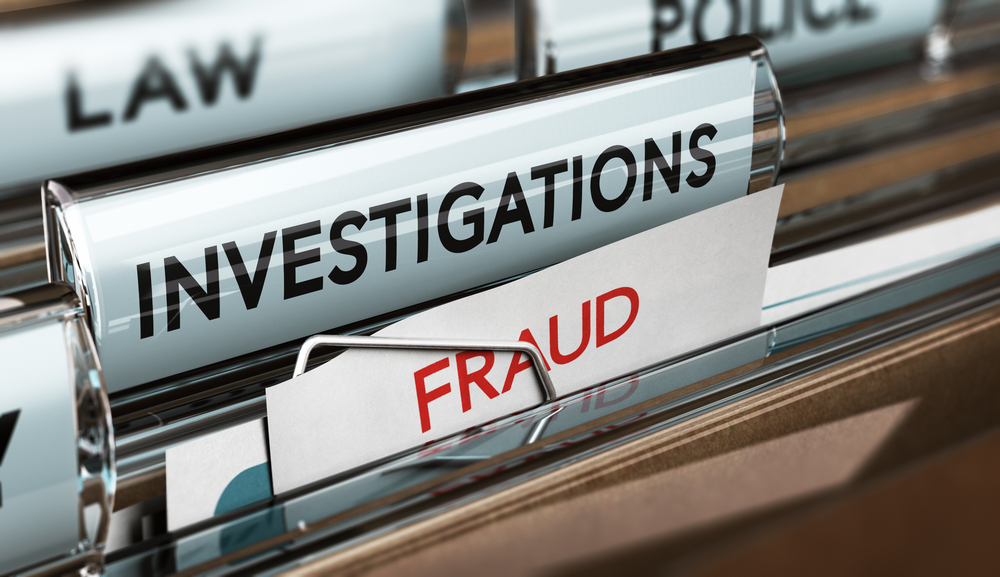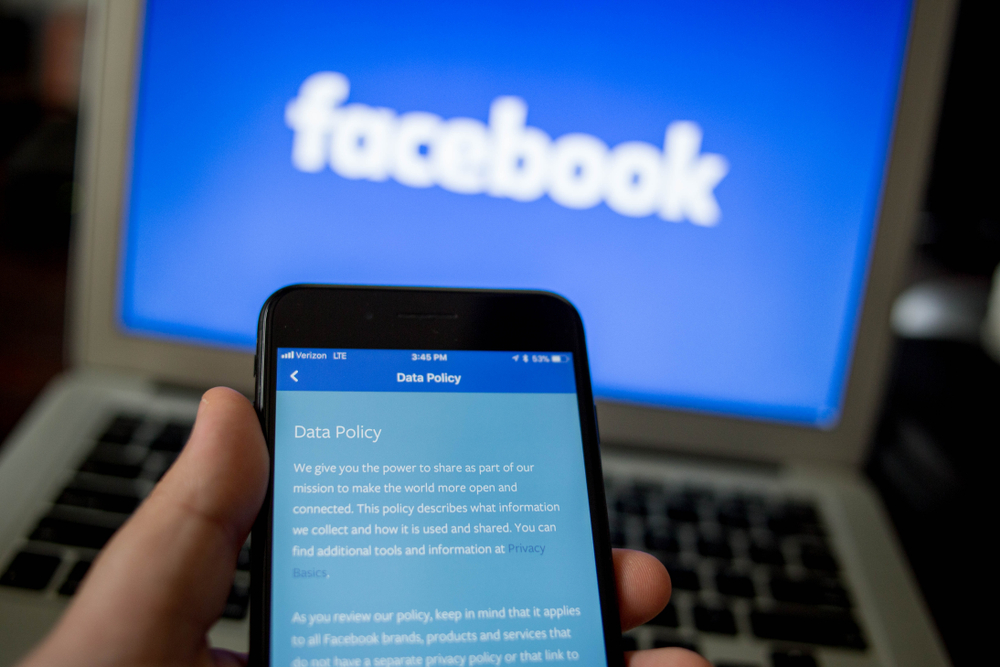Most agree bitemark matching is junk science. Why is it still in courts?
At least 27 people in the United States have been exonerated after faulty bitemark matching put them behind bars — but not before they lost a combined total of 450 years of their lives to a forensic “science” never grounded in research.
Forensic odontologists are specialized dentists who assist law enforcement and medical examiners. Their expertise can be essential in identifying human remains — comparing badly damaged bodies to dental records, or estimating an age at death.
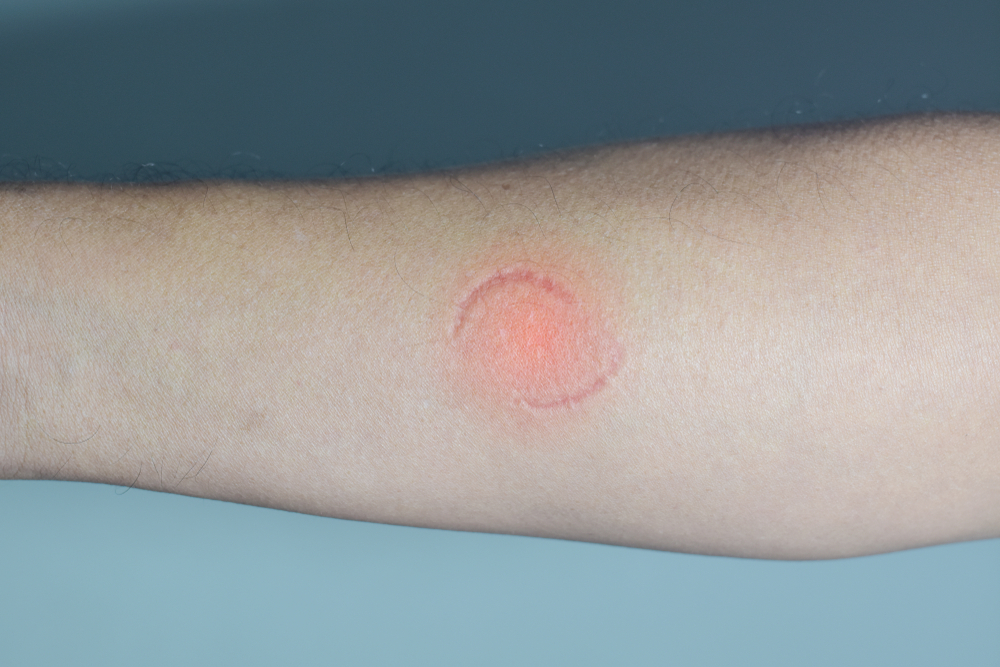
But a slew of conviction reversals have demonstrated that bitemark matching, the practice of linking bitemark evidence on a body to a particular suspect’s teeth, often implicates the wrong person. Remarkably, a number of former leaders in the field have publicly denounced bitemark matching as “junk science” and recanted their testimony as expert witnesses.
A complete lack of scientific evidence
A 2009 National Academy of Sciences report sounded the alarm about a disquieting pattern with various forms of forensic evidence — bitemark matching, hair sample analysis and footprint evidence among them. These techniques were developed largely by law enforcement, outside of the checks and balances of the scientific peer review process, which demands consistent standards, objective measures and reproducible results.
RELATED: Pretrial risk assessment tools under fire for bias
RELATED: Predictive policing is predictably controversial
Adam Freeman, a former president of the American Board of Forensic Odontology, has become an outspoken critic of bitemark matching. After asking ABFO-certified odontologists to analyze the same bitemark-matching case files to assess reproducibility, Freeman was disturbed to find that experts could rarely agree on whether a given wound was a human bitemark, much less match the mark to the same suspect.
Skin, as it happens, is not all the same — the trauma that bites leave (or don’t leave) on the human body vary wildly based on the victim’s age, weight, ethnic background, how easily the victim bruised, and whether they were dead or alive when the bite occurred. That’s not to mention the variables from the biter’s side — the force of the bite, whether they scraped the skin’s surface or clamped down perpendicular to the bone. These differences haven’t been quantified through scientific study, in part due to the difficulty of recreating injuries to living humans.
“You’re never going to get approval to do a study where you say, I’m going to bite 1,000 people and some of those people are going to have cancer or diabetes or sickle cell anemia, some of those people are going to be Black and white and Greek,” Freeman told the Innocence Project.
Wrongful imprisonment lawsuits and doubling down
In many of the reversed convictions, bitemark evidence was the prosecution’s centerpiece and was cited as pivotal in the jury’s decision. Courtroom transcripts show forensic odontologists claimed a degree of certainty about bitemark matches absolutely unheard of in the scientific community and drew on statistics seemingly pulled from a hat.
In the case of Jeffery Michael Moldowan, who spent 12 years in prison wrongly convicted for the kidnapping and rape of his ex-girlfriend, AFBO odontologists Allan Warnick and Pamela Hammel testified that the bites on the woman’s body could have been made only by Moldowan and another man tried as his accomplice.
The “chances are 2.1 billion to 1 that another individual can make those same marks,” Warnick told the jury. That’s nearly twice the accuracy of the average DNA test, which remains the forensic gold standard and has been validated via countless biochemical tests.
Years after Moldowan’s conviction, Hammel recanted her testimony and accused Warnick of having misrepresented the evidence in order to have her corroborate his findings. Coupled with new witness information, Moldowan was acquitted at his retrial in 2003. In 2011, Moldowan settled a lawsuit against the city of Warren, MI, for $2.8 million.
The odontology board, the official certifying board for forensic odontologists, still lists bitemark matching as one of the services their diplomates offer. They’ve softened the language in their guidelines, which now state that the only options for linking dentition to a human bitemark are “excluded as having made the bitemark,” “not excluded as having made the bitemark,” or “inconclusive” — a far cry from Warnick’s statistics. The ABFO did not respond to requests for comment from the Legal Examiner.
Another organization called the American Society of Forensic Odontology said in an emailed statement that they “(do) not have an official position on bitemark evidence.”
Is bitemark matching evidence still allowed in court?
It’s largely left up to individual judges to decide whether to admit bitemark matching evidence , according to Chris Fabricant, director of strategic litigation at the Innocence Project.
“We’ve got (three current) pretrial capital cases where bitemark evidence was proffered by the prosecutors,” he said.
Texas has come the closest to completely removing bitemark matching evidence from the courtroom. Texas’s Forensic Science Commission called for a ban on bitemark matching evidence in 2016 but lacks the authority to enforce it.
Florida’s conviction review unit, a team within the state attorney general’s office, works to identify cases that hinged on bunk science — including a bitemark matching case in which a man was exonerated after 37 years in September.
“Some of the more progressive prosecutors that were elected more recently are pledging” to establish similar teams in their own states, but “it’s not the norm,” Fabricant said.
Fabricant said there was hope for federal leadership on the issue at the twilight of the Obama administration. In 2016, then-attorney general Sally Yates “announced that there was going to be a systemic review of all the other pattern matching techniques that (the FBI) uses — firearms analysis, tool marks, footprints and fingerprints” and others, he said. But that never came to fruition during the Trump presidency.
Fabricant said he “can’t help but to be somewhat optimistic” considering the incoming Biden administration’s vocal defense of science.
“But also experience makes me a little cynical.”








